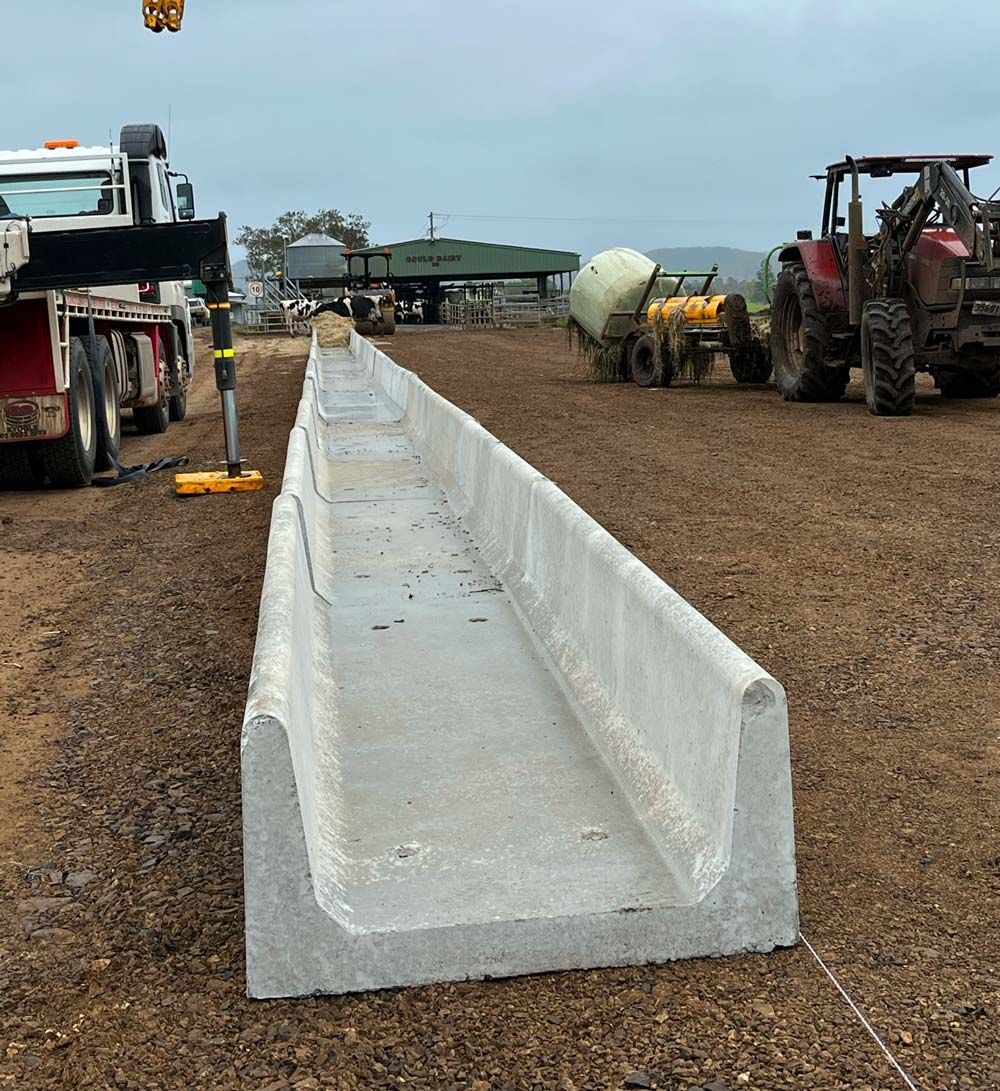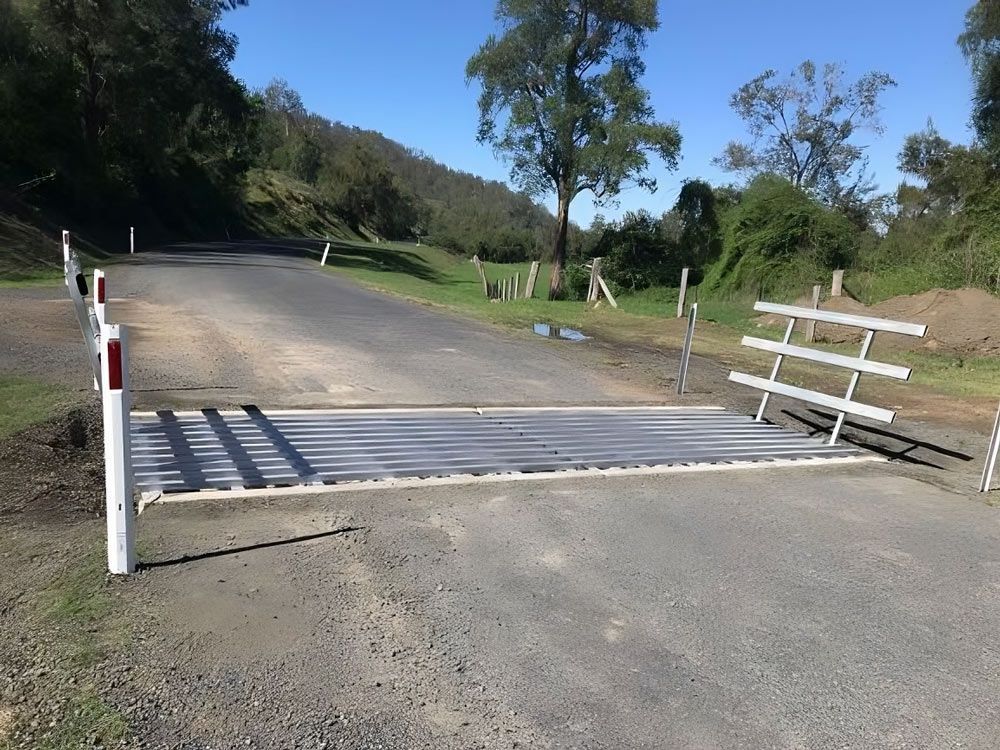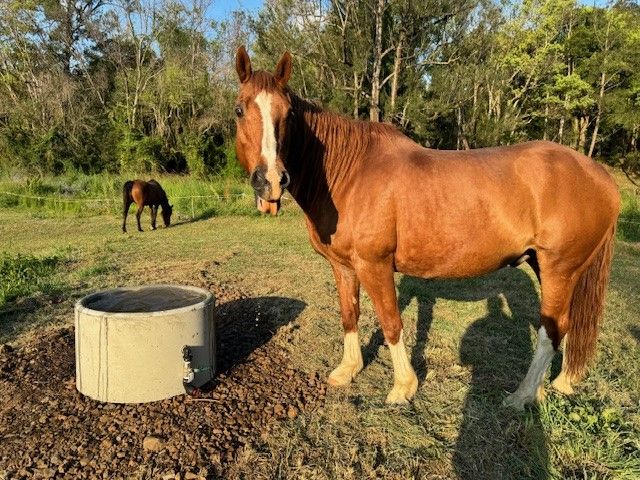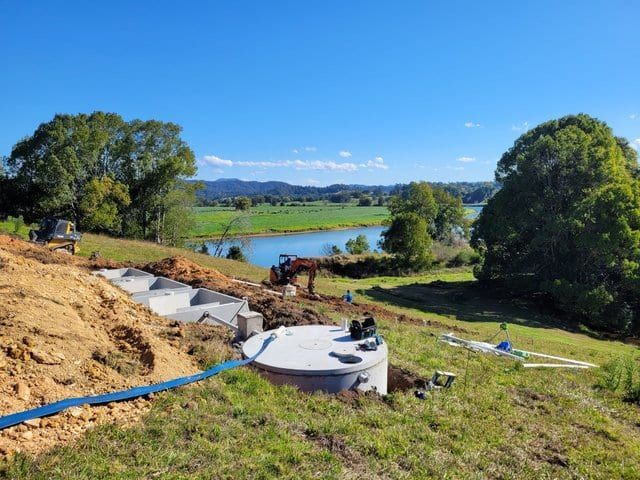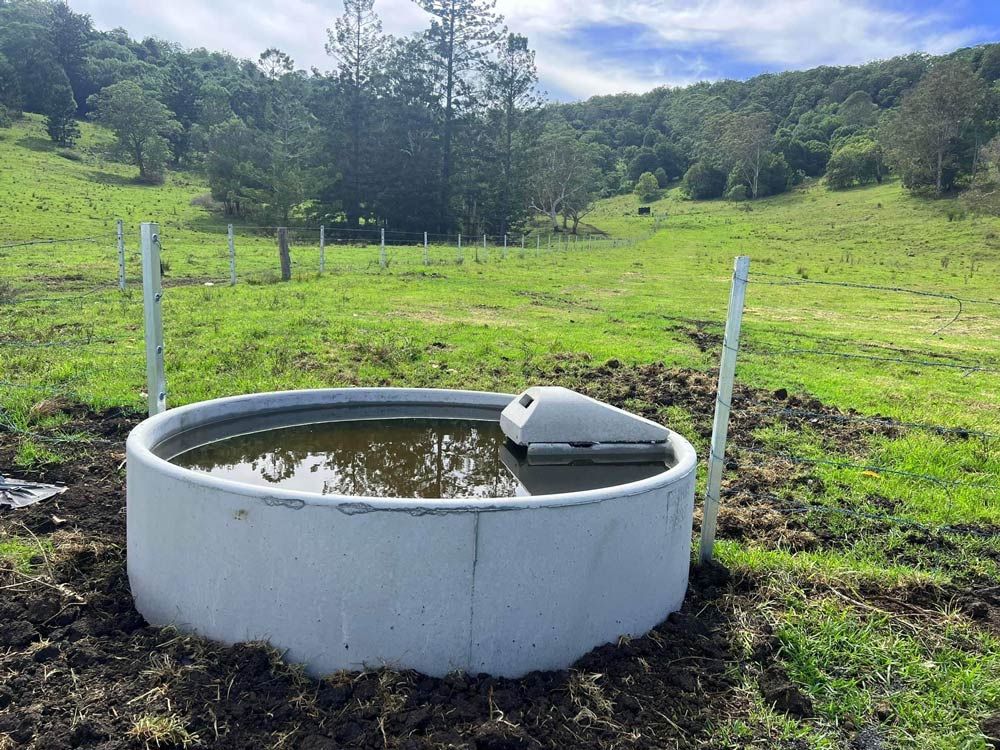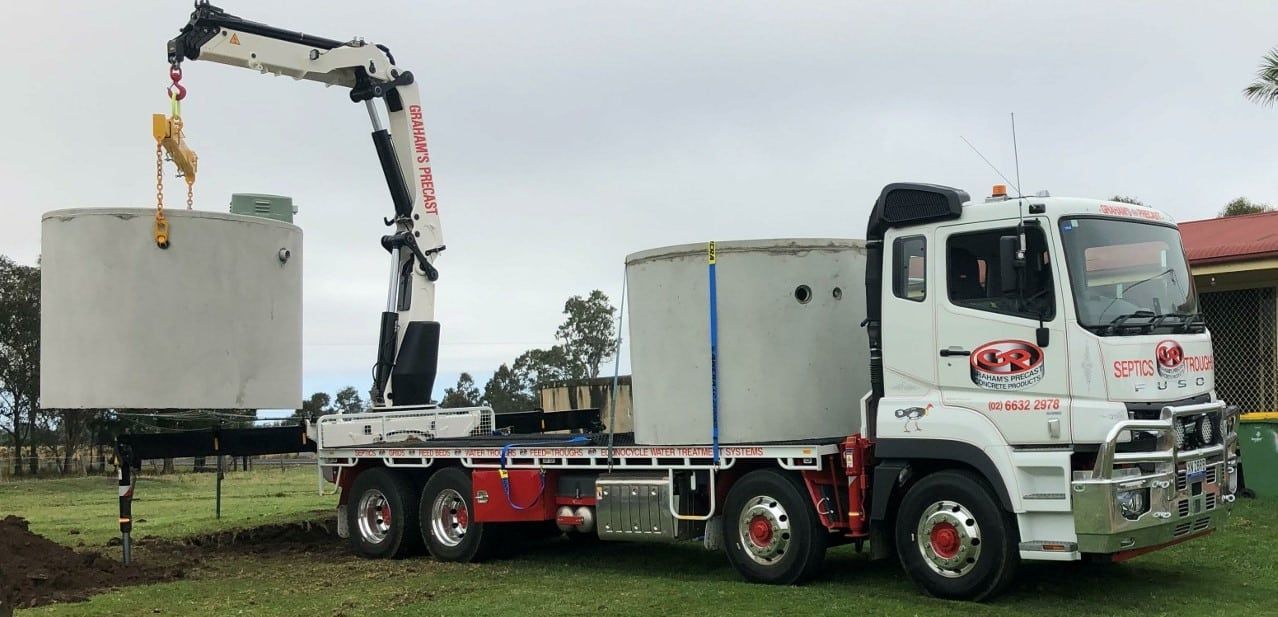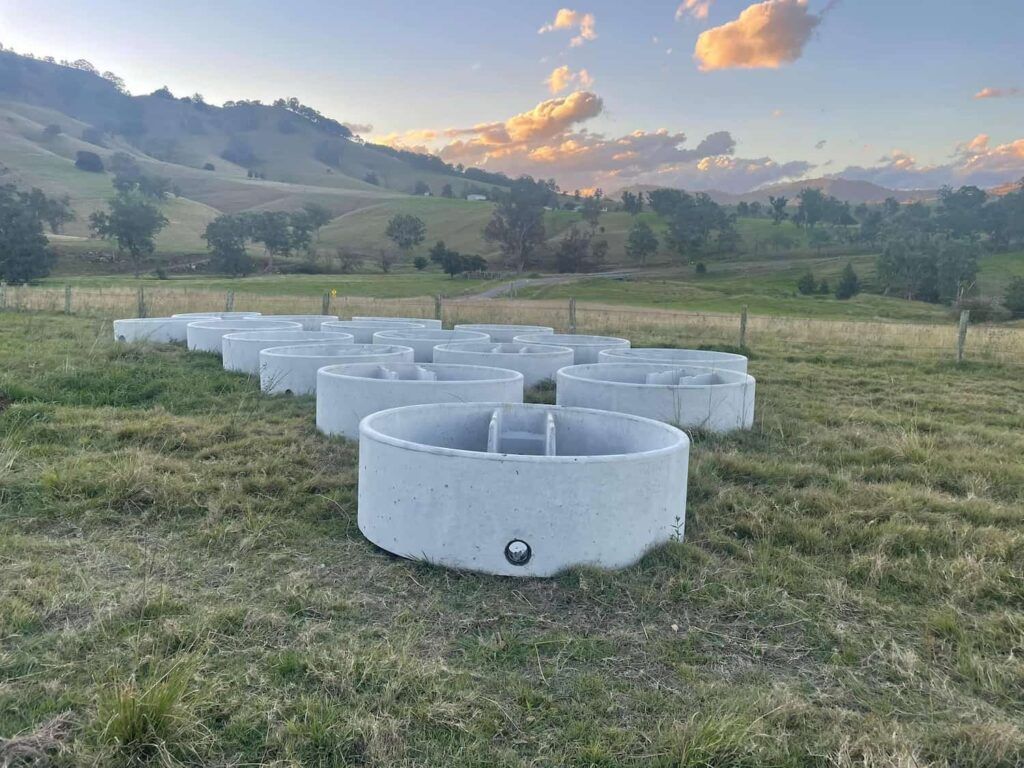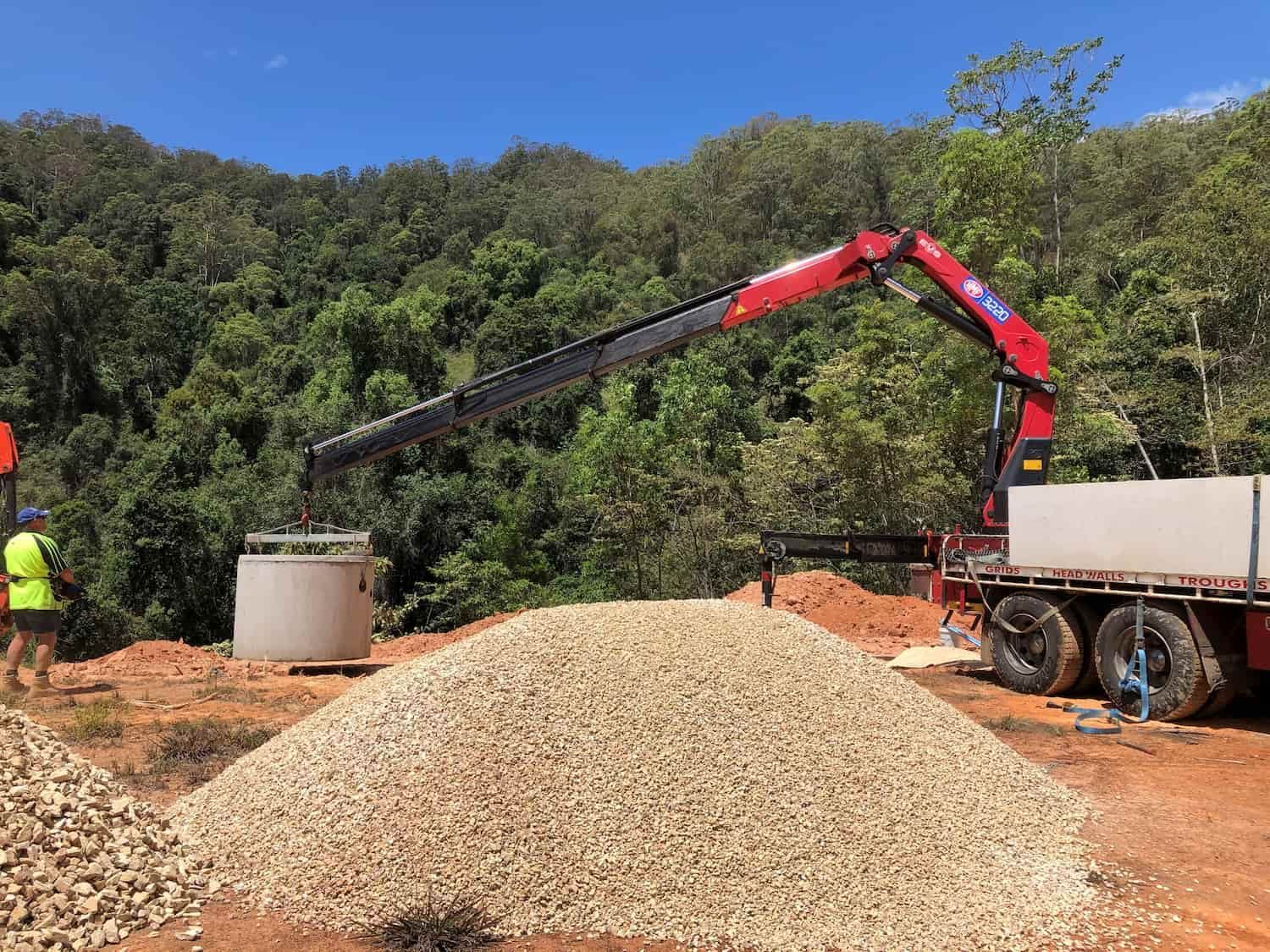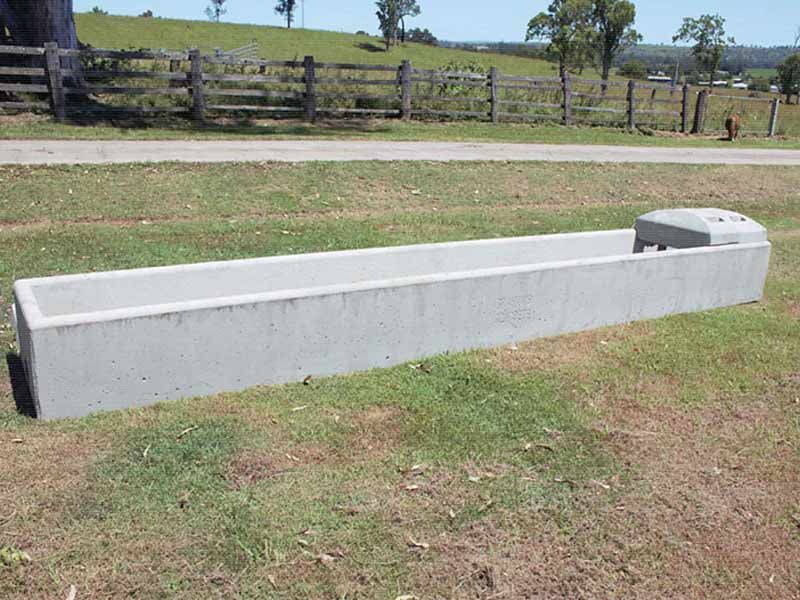5 Things You Need To Know About Concrete Troughs
Feeding and supplying water to your livestock requires troughs to be stationed around your property so they can access the necessary food and water themselves.
There are many different kinds of troughs, but the most common and widely used is the concrete trough because of the many advantages this material offers. If you are considering installing or replacing troughs on your property, we have put together 5 things that you will need to know about your concrete troughs to ensure they function well for long periods.
1. Concrete Troughs Are The Most Durable Solution
It is not just livestock that can damage these other materials; any shifts in the ground or soil can impact the structural shape and cause them to crack or split. In addition, steel troughs will rapidly heat water under the Australian sun, while concrete water troughs will keep the water cooler for longer.
2. Concrete Troughs Must Be Cleaned & Maintained Regularly
Because concrete is porous, bacteria can get into the water supply, making your cattle (or other livestock) sick. For this reason, your troughs must be regularly cleaned with a solution of water and vinegar and also inspected for any signs of deterioration.
Are you noticing algae growing in your water troughs? Here is an article about how to stop algae growth in water troughs.
3. Minimise The Pipework Exposed On Your Concrete Trough
While cattle do not damage the robust concrete material, they can damage any exposed pipework on your trough. Avoid systems where pipes travel up and over the side of the trough wall as thirsty cattle can rip them off. Instead, opt for a submerged float valve and a side or base entry point for the pipework to protect it.
4. Keeping A Float Valve Will Regulate Water Flow Into Your Trough
Your average cow can drink up to 50 litres of water every day, and when you have a number of them lapping at the water in your trough, the water level can drop rapidly. Include a float valve that will enable you to automatically replenish this water and ensure plenty of clean and accessible drinking water is available at all times for your livestock.
5. Concrete Troughs Are Highly Water-Resistant
The wet season is always welcomed on the farm, but it can also cause a range of issues. During prolonged periods of rain and high winds, troughs made from steel, fibreglass or polyethylene can become damaged.
Concrete will stand up to the elements and ensure that is one less repair job you will have to worry about during storm season.
There are many reasons why concrete troughs are a better choice for livestock. Read our previous article to learn more of the advantages of using concrete for your livestock or give Graham’s Team a call.
If you are looking for advice or installation of the highest quality precast concrete troughs, give the team at Graham’s Precast Concrete a call on (02) 6632 2978.
